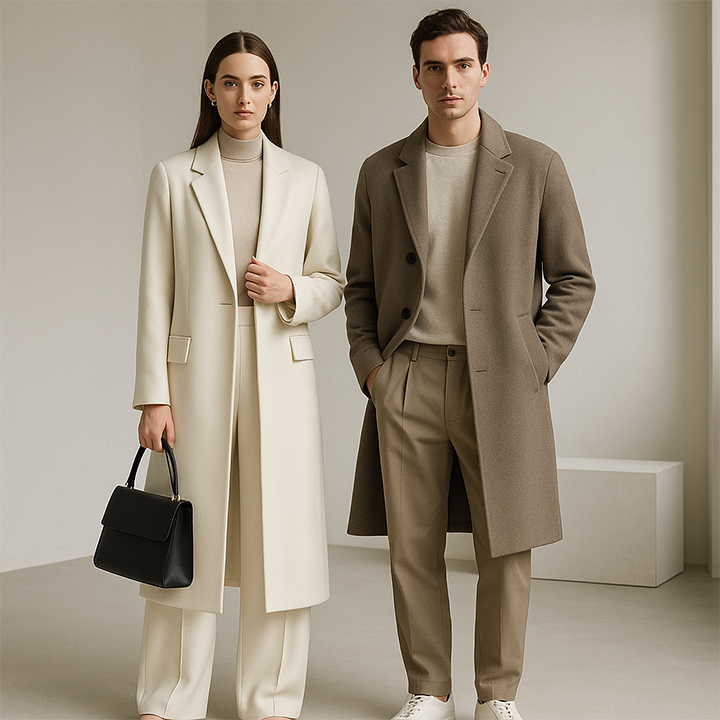
Style Transitions: Dressing Smart Between Seasons
As seasons shift, so do our wardrobe needs. The in-between months, where the weather plays unpredictable tricks, demand a fashion strategy that balances comfort, function, and timeless style. For both men and women, transitional dressing is less about following trends and more about layering smartly, choosing adaptable pieces, and investing in wardrobe staples that bridge the gap between hot and cold, casual and dressed up.
Why Seasonal Transitions Matter in Fashion
Transition periods like spring to summer or summer to fall can present a real challenge. A warm morning can turn into a breezy afternoon, and sudden showers or temperature drops often catch us off guard. Dressing smart during these periods means preparing for fluctuations while maintaining a polished look. For clothing brands and style-conscious individuals alike, this is an opportunity to showcase styling versatility and wardrobe resilience.
Mastering the Art of Layering
Layering is your best friend during seasonal shifts. Lightweight outerwear, breathable knits, and long sleeve tops that can be rolled or pushed up offer flexibility. Men might reach for utility jackets, lightweight bombers, or denim overshirts, while women can opt for tailored vests, soft cardigans, or structured blazers. The key is combining texture and function without overcomplicating the outfit.
Start with a versatile base such as a fitted tee or a breathable blouse, and layer with easy to remove pieces like a cotton shirt or open front jacket. This allows you to adapt quickly throughout the day without sacrificing your look.
Choosing the Right Fabrics
Fabric choice is crucial in transitional dressing. Look for cotton-linen blends, light wool, chambray, and modal—fabrics that regulate body temperature and layer comfortably. Avoid overly heavy materials that trap heat or excessively sheer fabrics that don’t provide enough coverage.
Neutral color palettes work best here, allowing you to build interchangeable outfits with minimal effort. Soft greys, muted olives, earth tones, and pastel shades pair well with both summer and autumn aesthetics.
Building a Versatile Wardrobe
The secret to mastering transitional style lies in owning the right pieces. A well-rounded wardrobe should include staple items like long sleeve shirts, versatile jackets, breathable knits, and structured trousers. These items not only offer flexibility in styling but also transition easily from one season to the next.
Look for silhouettes that can be dressed up or down. A clean button-down shirt, for instance, works just as well at a business lunch as it does for a casual weekend outing. Invest in quality over quantity to ensure your pieces last beyond a single season.
Color Coordination for Changing Seasons
Seasonal transitions are the perfect time to experiment with color. Shift from bright summer shades to warm, muted tones as temperatures drop. Rich burgundies, forest greens, and classic navy add depth to autumn wardrobes, while pastels and neutrals keep the look light and breathable for warmer months.
Mix and match colors that complement each other to create a balanced aesthetic. Don't be afraid to blend seasonal hues—it adds dimension and freshness to your overall look.
Smart Style Is Always in Season
Style transitions are not about replacing your wardrobe with every seasonal change but about making smarter choices with what you already own or choose to invest in. Quality, versatility, and confidence are the cornerstones of transitional fashion. Whether you're dressing for a spontaneous rain or a chilly evening breeze, let your wardrobe reflect readiness without losing your edge.
At the heart of transitional dressing lies the idea that good style doesn’t just adapt to change—it anticipates it.




